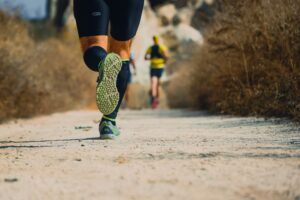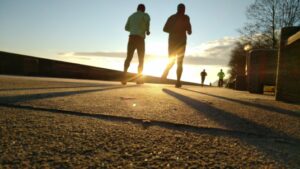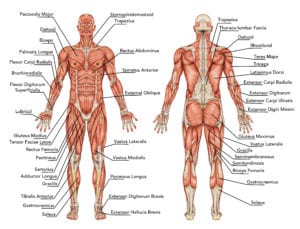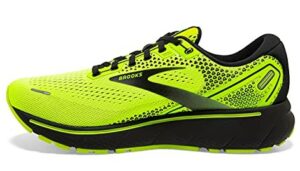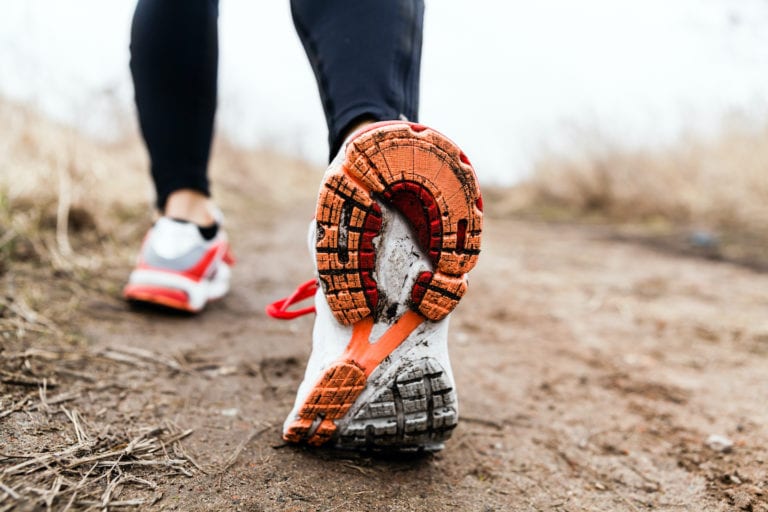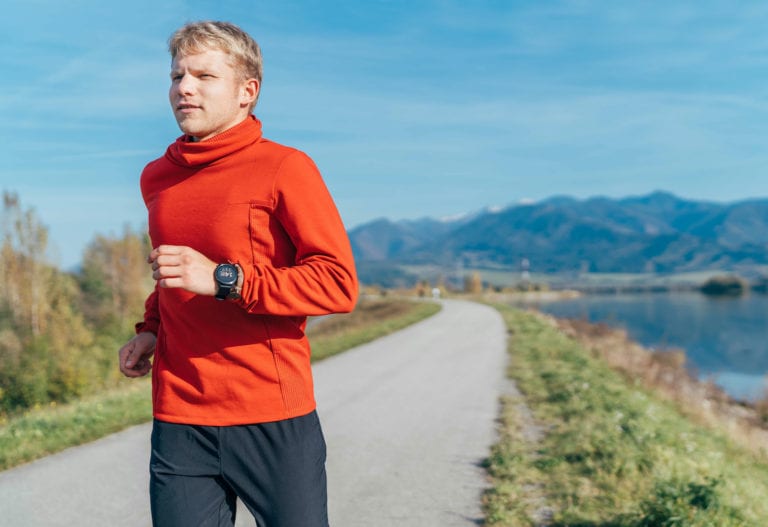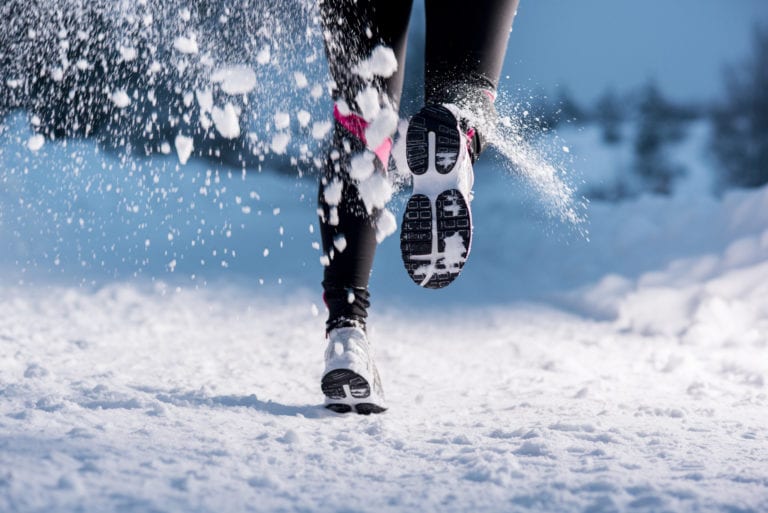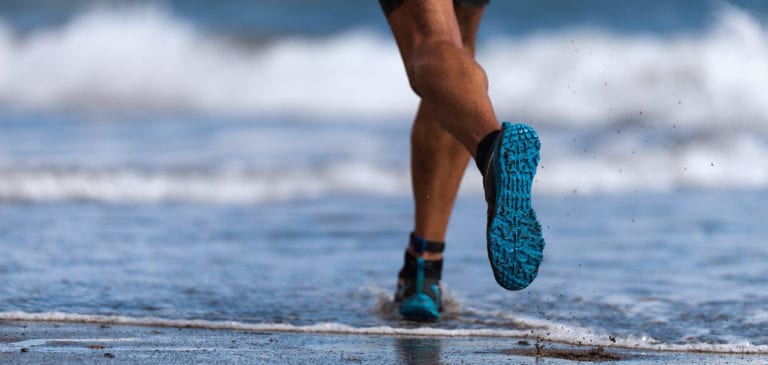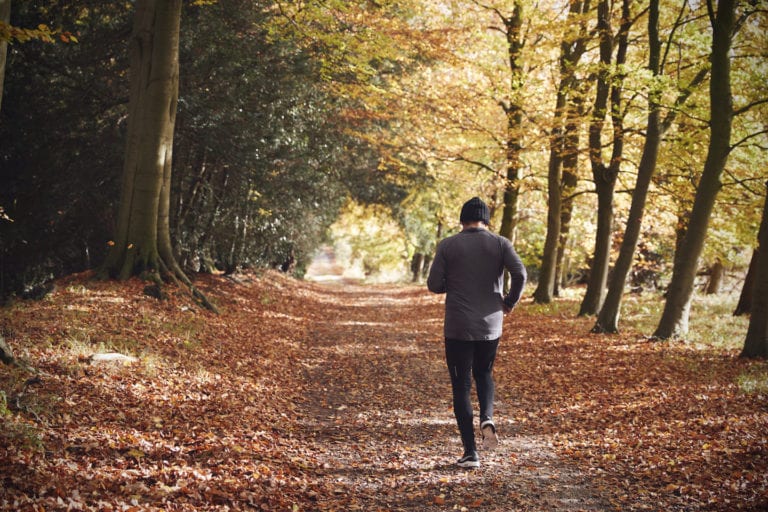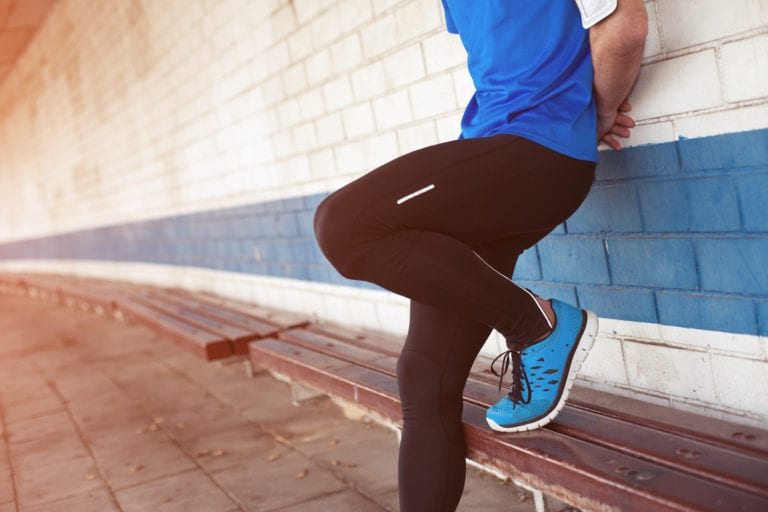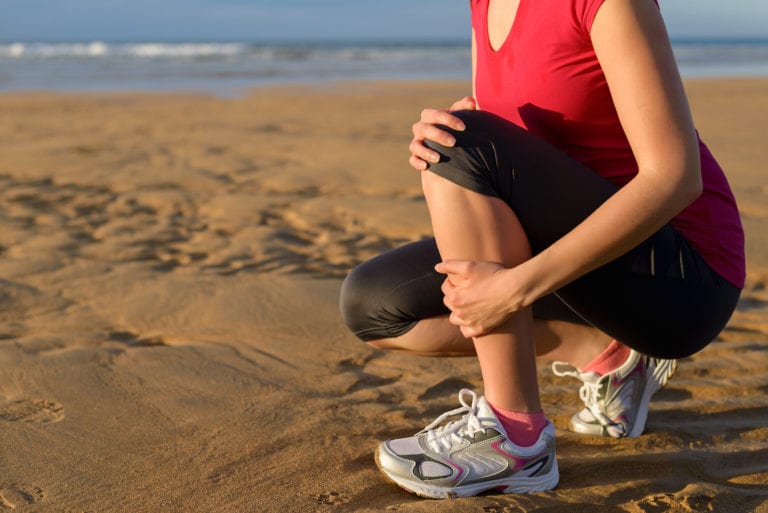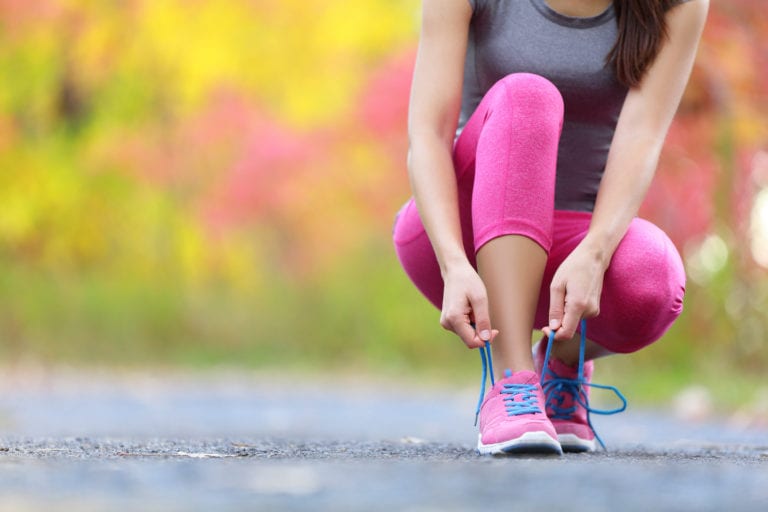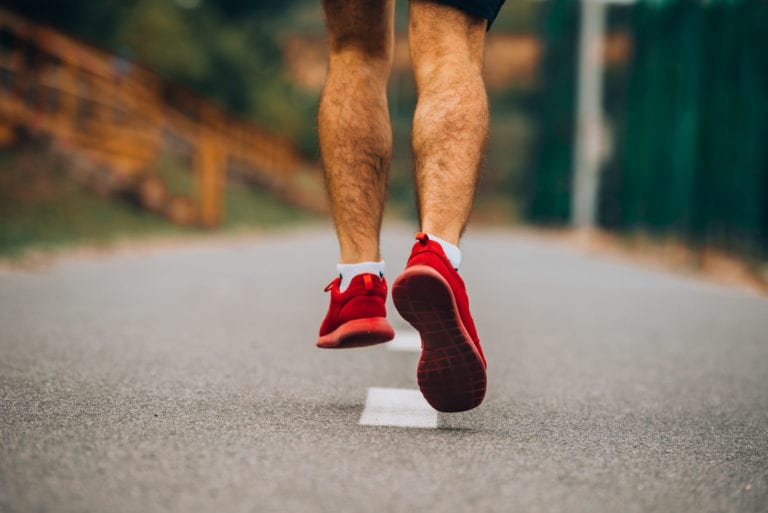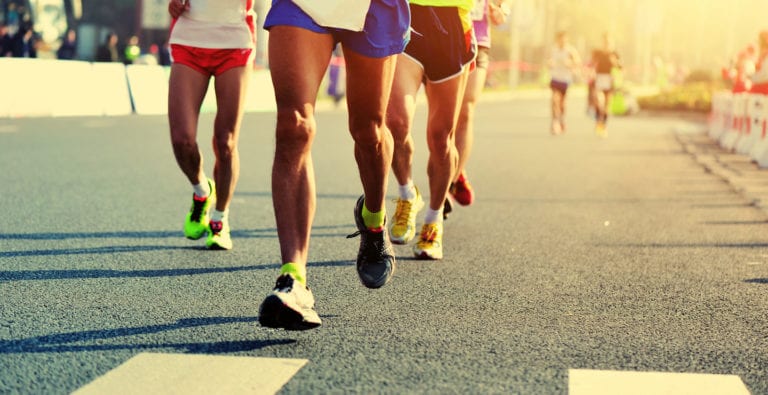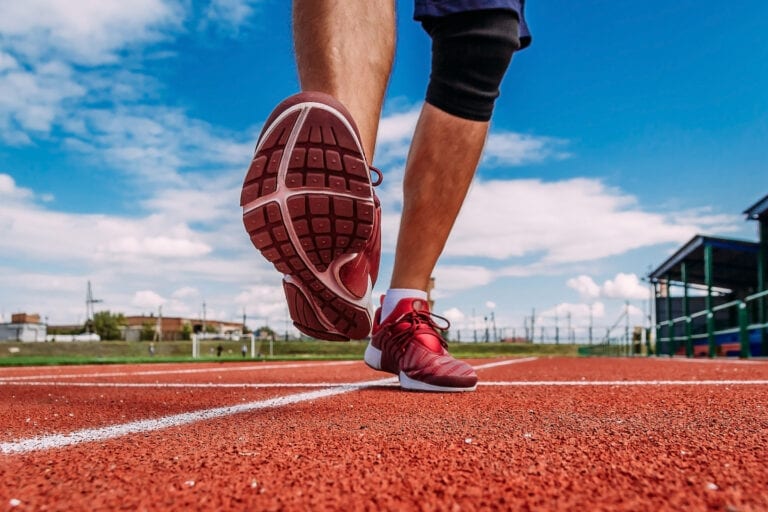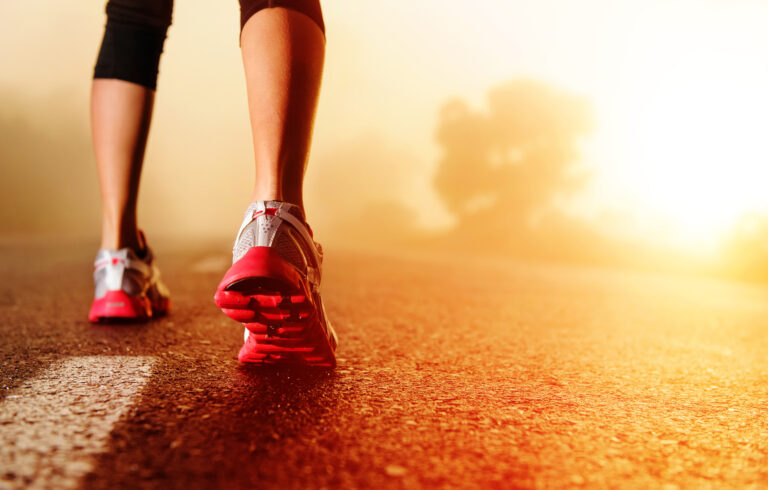Muscle soreness and Running
If you are someone who works out a lot and then the next day, your muscles are sore, just know that it is a common experience. If you are a runner it is easy to understand that you are sore if you increased your speed for today or tried to run an extra mile.
However, you may wonder, is it normal for a seasoned runner to be sore? Should it last more than a day or should I seek a doctor? If you take running seriously, this is a heavy concern because you don’t know if you’re harming yourself. Here we take a look at why runners get sore, is it okay, and is there something we can do about it?
Is it normal for a seasoned runner to be sore?
After an intense run, we go home, cool down, maybe have a protein shake, and feel good. Then there comes a sense of pain in your legs if you try to go up or downstairs or even simply stand up. Your muscles are feeling sore. If you are someone who’s been running for a while you may not understand the discomfort.

Soreness in your legs after a run is actually a normal discomfort and something you should not be alarmed about. The scientific term for after workout soreness is called DOMS – Delayed Onset Muscle Soreness. According to physical therapists, DOMS can occur between 24-48 hours after a strenuous workout.
The soreness, or DOMS, occurs when your workouts consist of lengthening contractions of the muscles. For runners, these workouts could be running up and down hills or stairs. How much DOMS hurts depends on the intensity of the run. If you push yourself the extra mile or run up and down stairs more times than usual your legs have a higher chance of experiencing sore muscles.
It could also depend on other factors like your weight or what terrain you’re running on. Doctors and scientists have not yet determined the exact cause for DOMS, especially since it varies for each person, but they do have several theories that give them the idea that the soreness is caused by numerous factors.
New Runners
As a new runner, your muscles are going to feel sore after your first workout because you’ve never used your legs with that much intensity before. Even if you just go for a light jog your muscles are “stressed” because they are doing more than what they are used to. This is why new runners need to take it slow and know how much running is too much, and not try to run at full speed, or run so many miles on the first try.
You can strain your muscles to where it’s no longer just DOMS, it’s an actual injury. There is a chance that the injury could keep you from progressing as a runner. To keep the soreness to just DOMS, researchers and doctors recommend beginners take walk breaks in between their run to create less stress.
Over time your muscles will adapt to the exercises and will then be strong enough to increase your run, and when you increase your run you will experience DOMS all over again until your muscles adapt again.
Coping with DOMS
Now that it has been established that DOMS is normal and anyone who runs is bound to get it, how are we supposed to get through the day or get used to it? There are quite a few solutions that doctors and physical therapists have found that can reduce the level of soreness.
The number one thing to prevent, not only just DOMS but muscle injury in general, is a stretching warm-up. Stretches for runners expand how much your muscles can move and prevents stiffness and decreases the soreness in your legs. It’s also important to stretch post-run to minimize the same effects.
If you are a new runner or a runner who isn’t consistent, walking in intervals helps reduce the DOMS pain because you’re gradually allowing your muscles to get used to running and running a certain distance. Most people, when they begin, worry about being able to run without stopping, but because their muscles aren’t used to those distances yet, this actually increases their chances of injury.
When you do start to feel sore after your run, applying some sort of cold compress like an icepack or taking an ice bath is an effective way to prevent tissue damage. It should be applied for 20 minutes at a time.
If you are done with your work out and haven’t yet experienced the soreness, you can take a warm bath or use a heat pack to increase blood flow and decrease the pain and stiffness.
When you experience DOMS you don’t have to quit running. It’s beneficial to keep running because this brings blood flow to your muscles and, with time, your muscles will adapt and diminish DOMS until you increase your workout intensity.
The final thing you should do is elevate your legs and rest. After a run, your legs should be elevated above your heart to reduce swelling and alleviate soreness. To give your legs some rest you should only walk or a light jog for a couple of days to let the pain subside.
It’s Time to See a Doctor
Since DOMS is normal, it can be hard to determine when your soreness is a real injury, and when you need to see a doctor.
- The first sign is if you notice that your DOMS hasn’t decreased after a few days post-run, especially if it was an intense run.
- If it lasts more than a week or if the pain level is unbearable, it’s time to check with a doctor.
- Shin splints are one of the most common injuries people get while running. They are sharp pains that occur just below the knee when you are putting on too much pressure while running.
- Runner’s knee is an injury that causes more pain around the kneecap than the leg muscle itself, but if not treated it could lead to a further leg injury and muscle soreness.
- Plantar fasciitis is an injury that occurs when you feel a sharp pain in the heel or arch of your foot. This injury doesn’t directly affect the muscle of your leg but if you keep running without treating it, it could put a strain on your muscles causing them to have serious soreness as well.
- Achilles tendinopathy (or Achilles heel) is caused by pain in the back of your foot or heel caused by too much stress being put onto the muscle.
Everyday preventions
Staying hydrated and drinking lots of water, believe it or not, is an easy and overlooked way to prevent severe DOMS. Your muscles are working harder so they need more oxygen to pump blood. A lack of electrolytes is a small part of what makes your muscle sore.
Drinking water before and directly after a workout not only quenches your thirst, but also gives oxygen and replenishes those electrolytes to your blood and muscles.
Some of the best things to drink after a workout is water, coconut water, or Gatorade.
Sleeping is another easy and powerful way to prevent DOMS. Sleep is a regenerative process allowing your muscles to restore and rebuild themselves. According to scientists, there is a muscle rebuilding chemical called Human Growth Hormone that is produced while you are sleeping. Seven hours of sleep should do the job of restoration from the day.
Treating yourself to a massage is the perfect, most enjoyable way to prevent high levels of DOMS. It stimulates mitochondria and is highly effective in reducing muscle inflammation. You can either get a light massage from a loved one at home or you can treat yourself to a deep tissue massage from your massage therapist.
Massaging not only aids in your muscle recovery but also improves blood flow and keeps your muscles from getting tight. Massaging your calves, quads, and hamstrings in a warm shower or bath helps to increase the circulation in your muscles, easing the soreness of DOMS.
Using Epsom salt while massaging your legs in a hot bath aids in your muscle recovery as well. The magnesium in it helps to improve muscle function.
Each of these injuries (and DOMS) can be prevented with constant stretching and knowing when your body can’t take the extra strain that is being added to it. If you are a new runner you are encouraged to take your time and not try to run a mile or several miles straight without stopping.
Too much intensity the first time will increase the soreness of your DOMS. If you are an experienced runner stretching still applies, and it’s important to remember to take all of the extra precautions to prevent having to see a doctor. Running is such great exercise for the body, and you wouldn’t want to have to stop doing it because you didn’t properly treat your DOMS.
Follow Run Trails for the latest news on product releases and specific information for runners!

